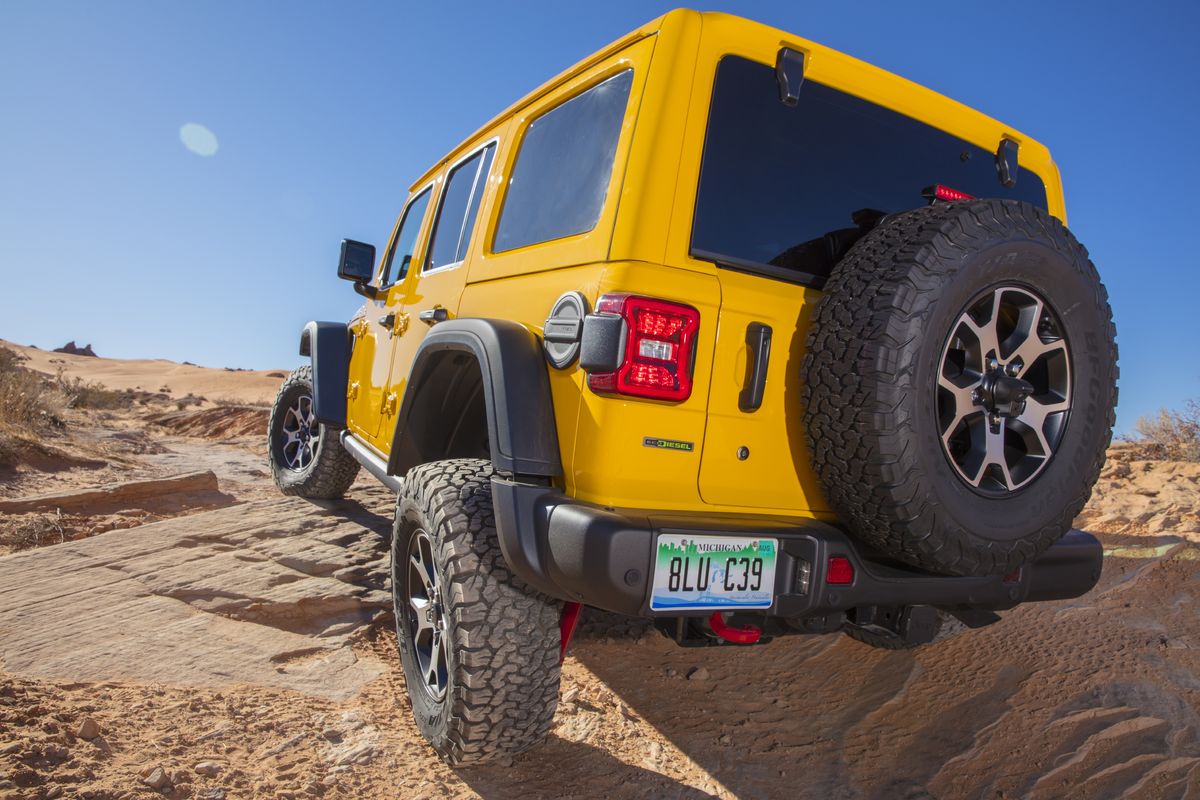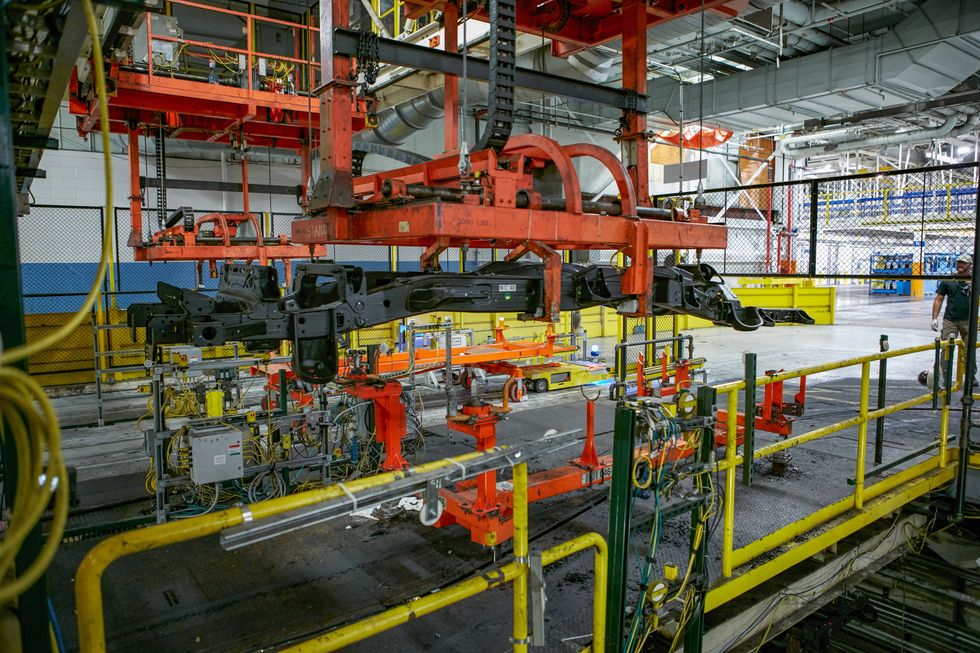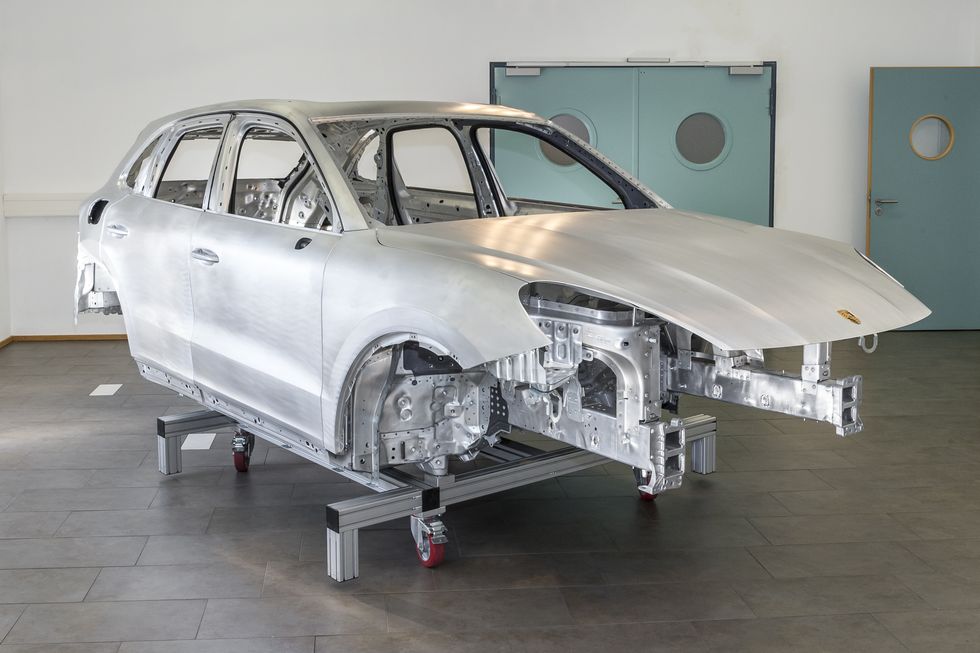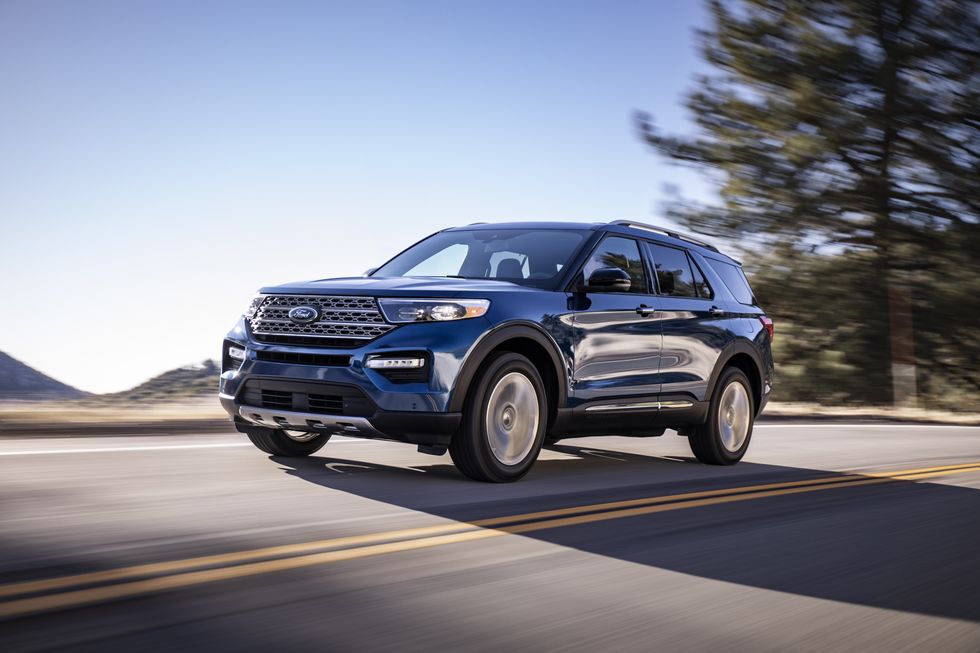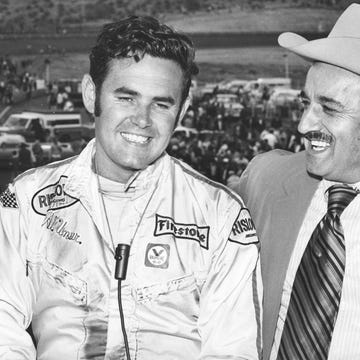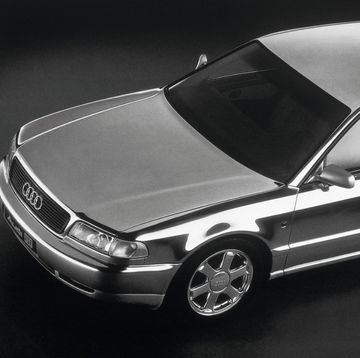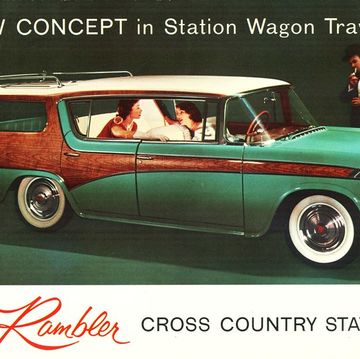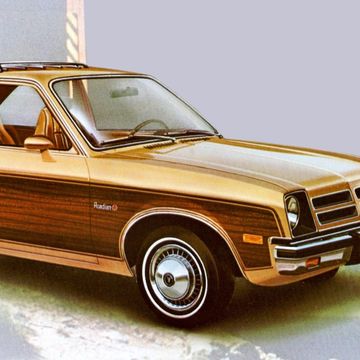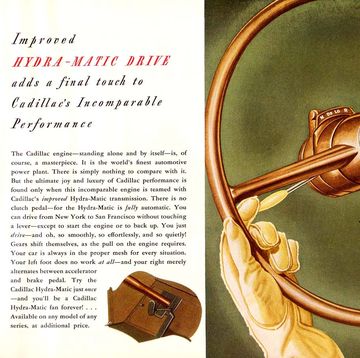These days you might as well just call sport utility vehicles, or SUVs, cars because they dominate the roadways. In fact, according to The New York Times, SUVs and trucks accounted for 70 percent of new vehicles purchased for the first half of 2019. Yep, that’s seven of every 10 vehicles leaving the dealer lot. But, technically speaking, most of those vehicles are not SUVs, but rather crossovers, which begs a very simple, yet very important question: What is an SUV?
An SUV is a wagon-style body built on a frame. That means SUVs don’t have trunks, but cargo areas. And they don’t have beds, either. What I mean by “built on a frame” is that the body and chassis are attached to a separate structure that bears the burden of the load. That’s similar to how most trucks—your Ford F-150s and the rest—are built but different from the vast majority of cars on the road today.
Engineers build cars using unit construction. This type of frame incorporates structure into the body, which the powertrain and chassis bolt to directly. The frame and the body are effectively one part. This technique saves weight and improves packaging options, but, generally speaking, is not as strong as using a separate frame. Most companies build most “SUVs” this way, making them not SUVs, but crossovers.
That’s right: Most vehicles we call SUVs are actually crossovers. From the Hyundai Kona and the Porsche Cayenne to the current Ford Explorer, all are built using unit construction. You could think of them as tall, all-wheel-drive station wagons, more than anything. Fundamentally, using this way of building is what allows this modern iteration of tall vehicles to have road manners and fuel economy that compete with traditional cars. But if that’s the case, why do some “traditional” SUVs still get made?
In practical terms, using a separate frame allows more strength for towing and high levels of off-road capability. Jeep Wranglers, for example, still use body-on-frame construction, as do Toyota 4Runners and Land Cruisers. And from the towing point of view, the new GMC Yukon, for example, is built that way, too. But the line is blurring. Porsche claims its Cayenne can tow 7,716 pounds as long as your trailer has its own brakes. And the Lamborghini Urus, built from the same platform, has dirt- and sand-driving modes.
And then there’s this one simple truth—society doesn’t care. The vast majority of crossovers are called SUVs because they look like SUVs and people want to say they own an SUV. The same concept that defined Broncos and Blazers in the 1960s has morphed into Honda CR-Vs and Buick Encores. And—you know what?—everyone calls every one of those an SUV.

